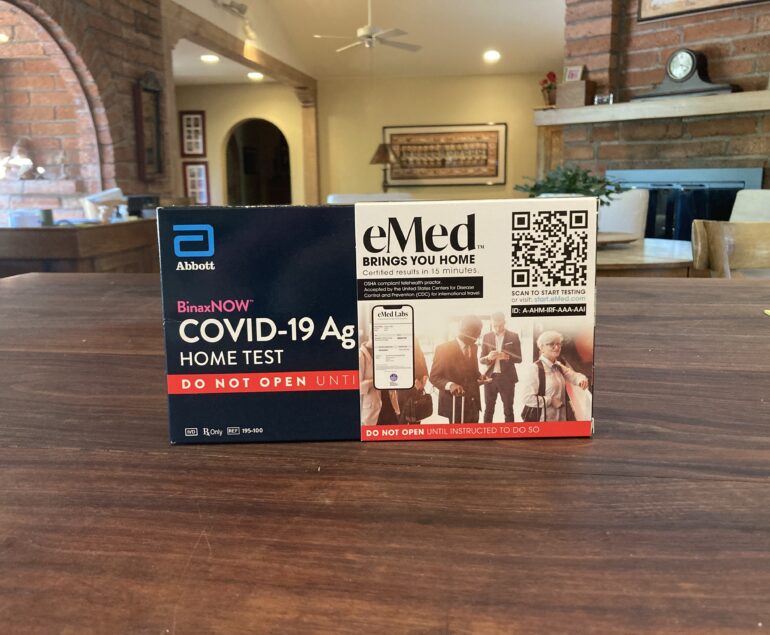The U.S. Vaccines for Children Program makes sure kids whose parents can’t afford vaccines can still get their kids vaccinated. Funding for VFC comes via the CDC, who buys vaccines at a discount and distributes them to states. States distribute them to physicians’ offices & clinics that take part in the VFC program. The Arizona Department of Health Services manages the VFC program in our state.
Doctor’s offices and clinics are required to be enrolled as a VFC provider by ADHS to take part in the Medicaid (AHCCCS) program… so, the number of providers enrolled in VFC has a direct impact on the adequacy of a state’s care network for kids enrolled in AHCCCS.
Why the decline? Anecdotally, providers who left VFC over the last few years say they quit because of the administrative hassles imposed on them by the state during the Ducey administration (ADHS not AHCCCS). At the top of the list of grievances is ADHS’ punitive practice (during Director Christ’s tenure) of financially punishing providers with wastage rates over 5% making participation financially difficult (see this letter to AZAAP members regarding the former ADHS policy).
Arizona now has 6 VFC providers per 10,000 Medicaid eligible kids, while the national average is 24 providers per 10,000 Medicaid kids… meaning Arizona only has a quarter of the number of VFC providers per Medicaid kid compared with the national average. Many people believe the declining immunization rates among AZ kids are in part due to a thinning network of VFC providers in Arizona.
The Ducey-era ADHS never conducted an analysis to determine why so many providers have stopped participating in VFC during the Ducey administration. Thankfully, the Arizona Partnership for Immunization is now partnering with the OMNI Institute to figure out why so many have quit so we can right the VFC ship.
They’ve developed this Childhood Vaccine Provider Survey for medical provider offices that administer vaccines to children to collect data that can be then used to develop interventions to reverse this troubling trend. The survey takes 10-15 minutes to complete depending on your answers. Responses will be combined with other providers’ responses and no identifying information will be included in any report. Here’s the link to the Childhood Vaccine Provider Survey
The results of this landmark report can then be used to conduct interventions that either reverse Ducey administration VFC policies, change ADHS operational procedures, inform staffing changes, or explore moving VFC to AHCCCS. But… good results depend on good participation – so please get the word out!
Participate in the Survey
Related: Childhood Vaccination Rates Continue to Drop In the 2021-2022 School Year


